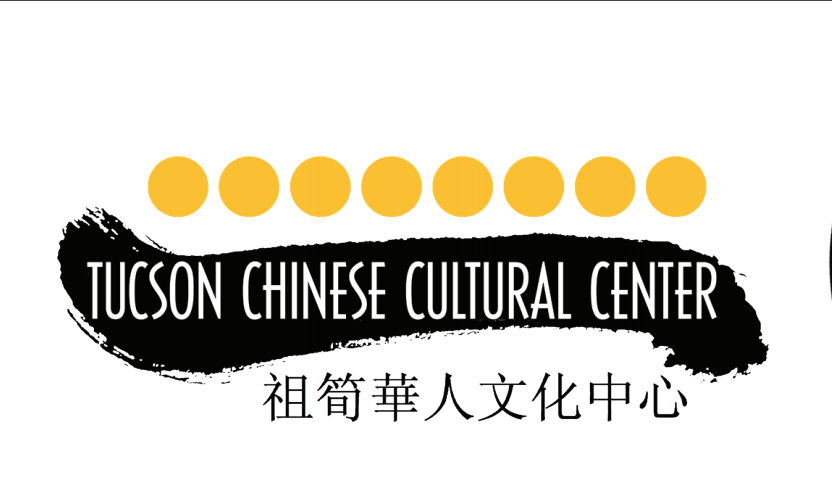In the late-nineteenth and early twentieth centuries, ethnic Chinese communities in the U.S.-Mexico borderlands became an important and distinctive socioeconomic group. Since the late 1870s, Arizona communities like Tucson had served as vital nexus points for Chinese migration networks following work on U.S. or Mexican railroads, transborder mining operations, and the growing agricultural markets that developed quickly in the region with the help of expanding irrigation projects. With the enactment and expansion of the Chinese Exclusion Act of 1882, U.S. immigration officials denied entry to most Chinese migrants. However, legal exceptions granted Chinese entrepreneurs and business owners access to residency. In areas along the U.S.-Mexican borderlands like Tucson, Chinese merchants became vital parts of border life in the early to mid-twentieth century. Fleeing the rising tide of Sinophobia and violence in Mexican states like Sonora, Chinese borderlanders, or fronterizos, and Mexican nationals fled to the safer havens of southern Arizona in the early decades of the 1900s. By the 1930s, nearly every Tucson neighborhood contained at least one Chinese-owned grocery store. Chinese-owned markets proved important multi-ethnic spaces that supplied local foodstuffs indiscriminately to Anglo, Mexican, Mexican-American, African-American, Chinese, and Indigenous denizens. Chinese Americans and Chinese Mexicans became an integral part of daily life.
Since 2016, the Tucson Chinese Cultural Center has been working to establish an oral history archive to broaden its history program from insular community memory to long-term historical preservation for community members and scholars alike. This continuing oral history project is undergoing the important work of capturing the experiences of Tucson’s Chinese community and re-inserting their stories into the greater history of the Southwest.
We would like to thank Tucson Chinese Cultural Center, The Humanities Institute’s Public Fellows Program at the University of California at Santa Cruz, and the Southwest Foundation for Historical Preservation for their generous grants that made this project possible.
